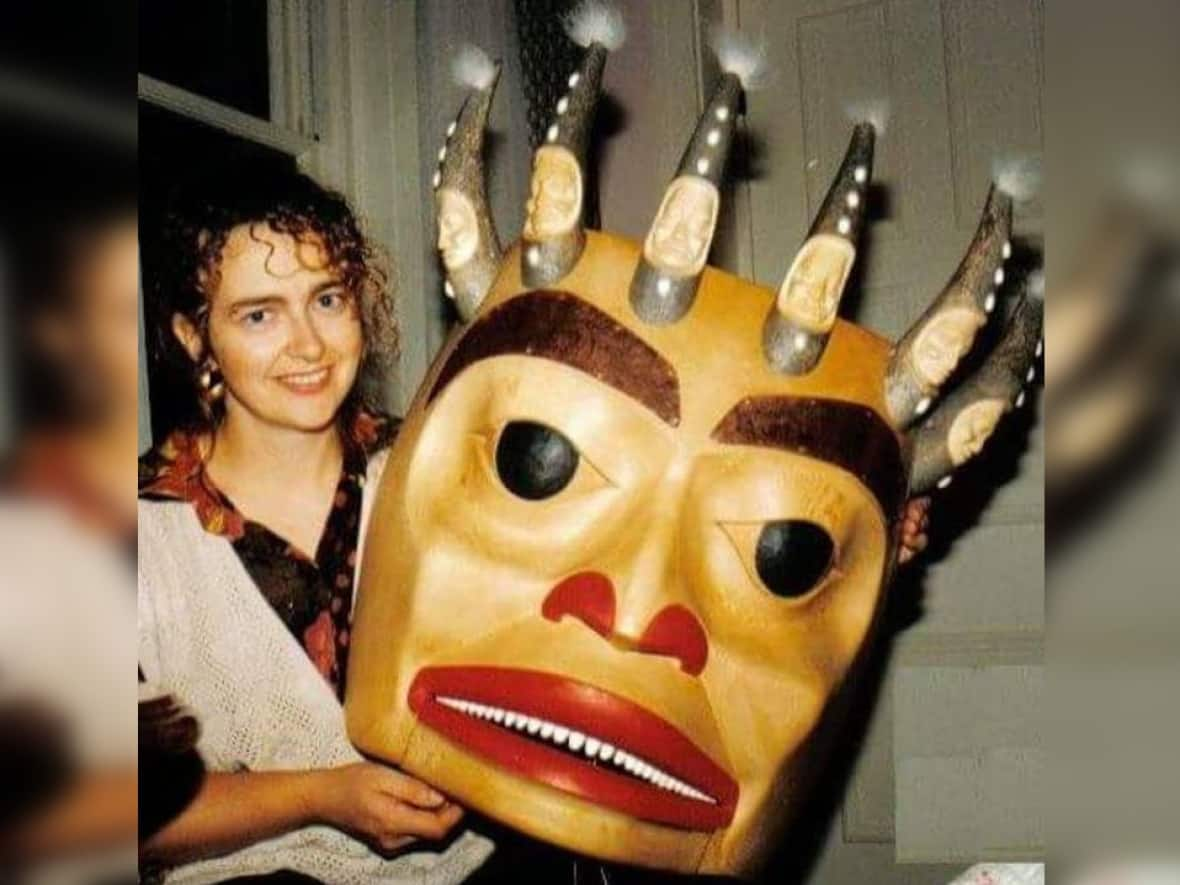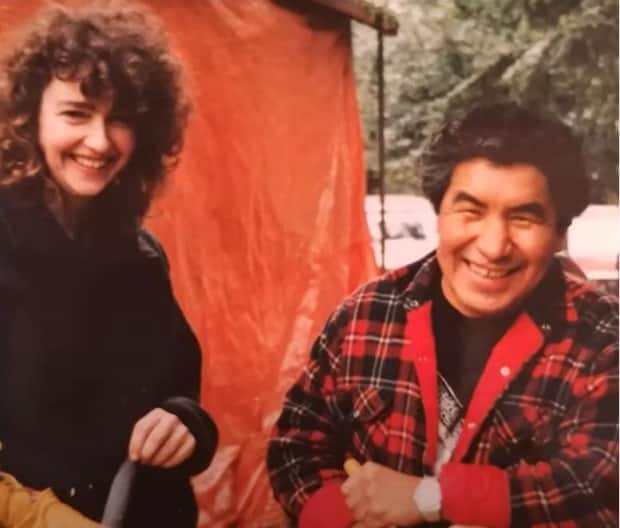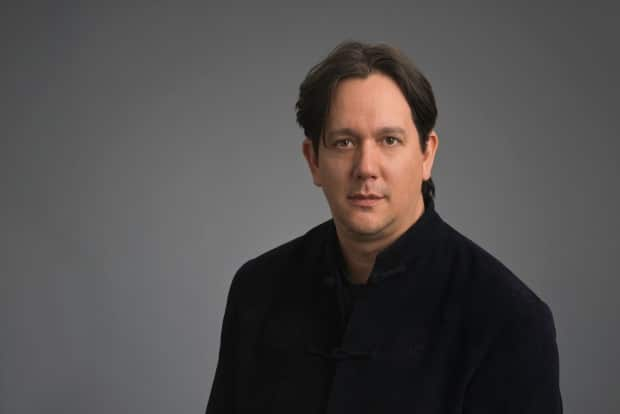B.C. artist Lucinda Turner, who helped expose fake Indigenous art, dies at 63

Indigenous artists and allies are mourning the death of Lucinda Turner, a British Columbian artist who worked to expose fraudulent Indigenous artworks, and helped repatriate Indigenous artifacts to their rightful owners. Turner died on Monday at the age of 63.
Turner was born to British immigrants in 1958. After studying art at the Emily Carr University of Art and Design in Vancouver, she started working as an apprentice for Nisga'a master sculptor and carver Norman Tait in 1991.
Over 26 years, Turner and Tait created notable artworks, including eagle- and salmon-shaped carvings commissioned by the former Vancouver Stock Exchange.
After Tait passed away in 2016, Turner retired. When she discovered copies of Tait's work being passed off as originals, she devoted her time to exposing other artworks falsely claiming to be Indigenous North Coast art.
In 2017, she created a Facebook group where she challenged and posted about Indigenous artworks in Canada that claimed to be authentic. The group currently has more than 4,300 members.
In an interview with CBC News in December 2017, Turner said she discovered that the fakes were being mass produced, undercutting Indigenous artists and making it harder for young First Nations carvers to make a living.

In support of Indigenous artists, Turner, together with members of the Facebook group, also wrote to online sellers whose products — including masks, t-shirts, coffee mugs and pillows — copied North Coast artworks and designs without permission, and requested for those products to be removed. She shared these efforts in an open letter to various government agencies last November in hopes of raising awareness on the issue.
Turner once gave a lecture at the Burke Museum of Natural History and Culture in Seattle about imitation carving manufactured and imported from overseas, including Indonesia and the Philippines. She said one of them, an imitation of Tait's Medicine Beaver carving, sold for $160 online.
Among other fakes she identified were reproductions of 19th-century carvings in major museums, such as a beaver rattle from the British Museum in London, and imitations of artwork by contemporary northwest coast artists, including acclaimed carver Bill Reid.
WATCH | Lucinda Turner Burke Museum lecture on the misappropriation of Indigenous art
'The kind of ally that we need'
Victoria-based Kwagiulth artist Carey Newman, a member of Turner's Facebook group, says Turner's efforts to expose imitation First Nations artworks may be "a game of whack-a-mole" given the rapid growth of the problem, but he says he has a deep appreciation for her as a non-Indigenous person who worked tirelessly to fight for the interests of First Nations artists.
"Lucinda was the kind of ally that we need more when we talk about reconciliation, when we talk about decolonization and building better relationships," Newman said.

Turner also lobbied the federal government for greater protection for Indigenous artists and called for a law — similar to one in the U.S. — that would impose hefty fines for selling fake Indigenous art.
The U.S. Indian Arts and Crafts Act criminalizes misrepresentation and copying of Indigenous art. The U.S. also has a hotline dedicated to reporting fake Indigenous artworks.
A growing number of advocates, including art historian and Sen. Patricia Bovey, are pushing for reforms in Canadian copyright law in order to give more protection to Indigenous artists. Bovey recently called for a mechanism to track down foreign companies fabricating Indigenous works or failing to pay artists' royalties.
Bree Madory, a U.S.-based administrator of Turner's Facebook group, says she learned a lot from Turner how to identify fake Native American art, and adds that Turner's knowledge has enlightened many fellow Americans on the issue.
"[Turner's influence] really has no borders — anyone from anywhere can learn from her," Madory said.


